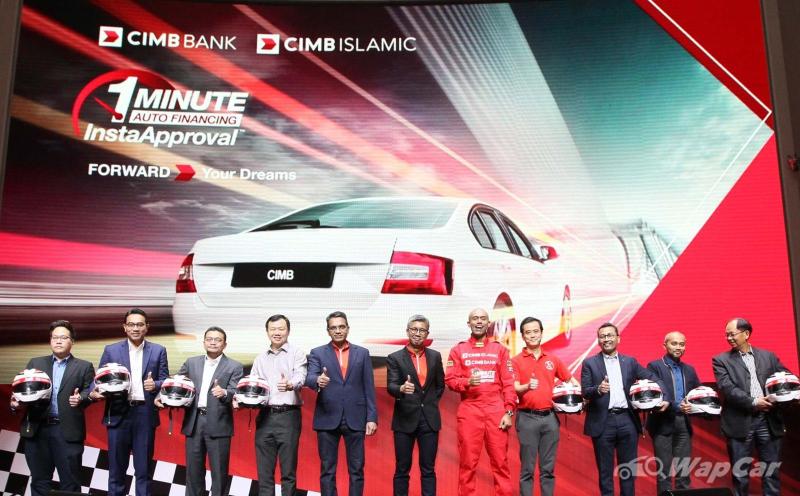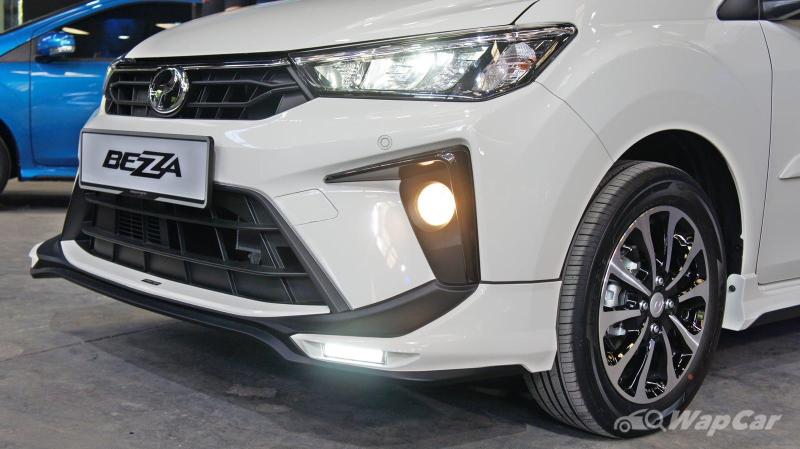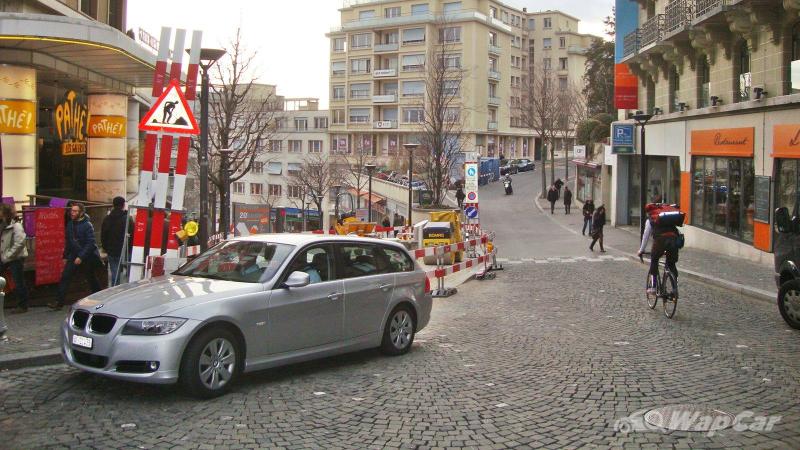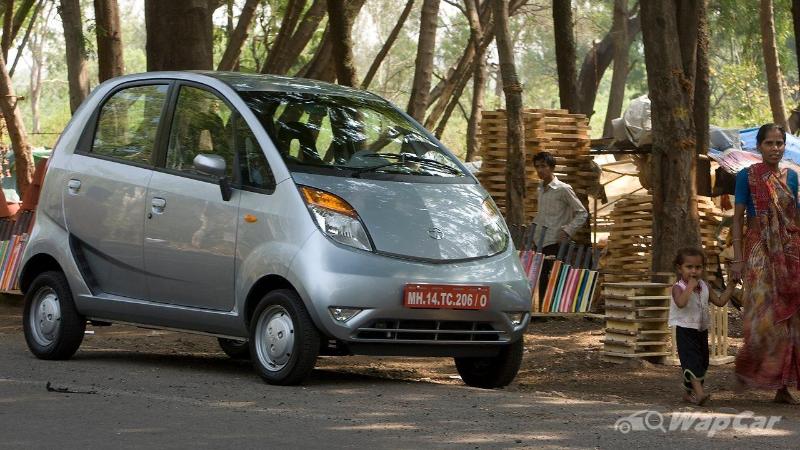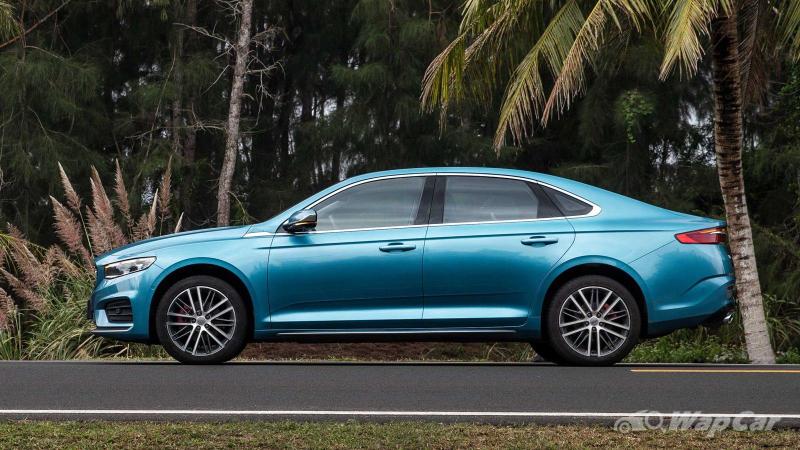Why Are New Car Prices Going Up Not Just In Malaysia - But Also In The US?
Cheap cars just don't sell as well.
If you think that cars are getting a little too expensive, you won't be the only one who thinks so
Malaysians have long complained about high car prices due to our lopsided tax structure but actually, this is a question asked by consumers from all over the world.
Data from American automotive website Edmunds show that the average transaction price for a new car has gone up from USD23,900 in the year 2008 to almost USD39,000 in 2019, the last available pre-pandemic level data.
This flies against conventional logic
You would think that a more affordable, lower-priced product will have a wider appeal than a higher-priced one. For decades, that used to be true.
Except for a few outliers, the cheapest model of a car manufacturer's range is always the company's No 1 seller, think Volkswagen Beetle (the air-cooled one), Austin Mini, Ford Escort, and Datsun Sunny.
Datsun Sunny used to be the cheapest model as well as the company's best-seller. But not anymore.
Image via WapCarThis is no longer true in many markets, where higher-priced SUVs are now outselling cheaper sedans and hatchbacks.
Closer to home, Malaysia's best-selling car is not an entry-level Perodua Axia, but a Perodua Myvi, whose price ranges from RM41,292 to RM52,697.
That's quite a change from 25 years ago when Perodua's best-seller was the Kancil or Viva.
The RM40,000 to RM50,000 plus price range currently occupied by the Myvi was previously occupied by the Perodua Kembara and Rusa, and sales volume back then followed a more logical direction – the cheaper Kancil and Viva outsold all other Perodua models.
Since the mid-2000s, average transaction prices of Perodua models have doubled from the '90s. Myvi outsells Axia.
So are consumers getting richer?
Not really.
Wage growth and household income data from all over the world show that income is not rising as fast as car prices.
So what's happening here? There are three factors that we discuss in detail below.
1. Increased availability of longer-term loans
The biggest factor that's pushing up average transaction prices is the increased prevalence of longer-term loans. Even in the US, seven-year car loans are now the norm.
Data from the Consumer Financial Protection Bureau, a US government agency, show that nearly half of car loans in the US are now six years or longer. Back in 2009, just 26% of US car loans were six years or longer.
The prevalence of longer-term car loans gives consumers the illusion that they can afford the car when they actually can't.
"If you can't pay it off in three or four years, you probably can't afford the car to begin with," said certified financial planner Ryan Marshall in an interview with CNBC.
Note that car loans in the US work differently from here.
Over here in Malaysia, repayments on car loans (technically it's hire purchase) are calculated based on the borrowed sum, not the balance, which makes it a doubly bad deal for borrowers, especially with Rule 78. Elsewhere, repayments are calculated based on the loan's remaining balance.
But that still doesn't explain why consumers are borrowing more money.
2. Migration towards SUVs, demand for more features
The other factor at play is the shift in consumers' preference from sedans to SUVs, which tend to be bigger and more expensive.
Car manufacturers are more than happy to meet that demand because larger cars like SUVs offer fatter profit margins than say a sub-compact hatchback or sedan.
Consumers are also demanding for more features in their cars – from fancy infotainment displays to convenience features like power-operated tailgates, and advanced driving aids like adaptive cruise control and autonomous emergency braking (AEB) – all of which will bump up prices.
This is even more prevalent in Malaysia, where the cheapest variant of a Perodua Bezza needs to come with alloy wheels and LED headlamps. Elsewhere, it's pretty common to see even a BMW 3 Series to be fitted with plastic wheel caps and halogen headlamps.
Malaysian consumers demand LED headlamps and big allow rims even on a cheap entry-level car like a Bezza.
Image via WapCarWhy European buyers are less fussy on their premium cars?
Well, that's because they don't see these cars as a luxury purchase. It's a premium product that they can afford and it's good enough to get the job done, but not a luxury item. Think of it as buying UNIQLO versus Gucci.
Below is a typical BMW bought by Europeans - wagon body style, halogen headlamps paired with sensible, comfortable small rims and thick tyres.
The photo was taken in 2013 in Switzerland, one of the richest countries in Europe.
3. Cheap cars just don't sell as well
There's also the factor of familiarity, and this is especially true in emerging markets like India and China.
The main reason why India's Tata Nano failed – once billed as the world's cheapest car that will unlock a new group of consumers previously thought to be unreachable - has to do with the combination of product familiarity and lack of aspirational appeal.
Indian consumers found it difficult to trust an unfamiliar looking car that's that cheap.
If they are going to spend what little money they have on a car, it better be good, and it had to be something that impressed the neighbours. Else, they trust their Hero Honda motorbikes more.
Failure of Tata Nano taught manufacturers one thing - even poor consumers have pride.
Image via WapCarIt was the same learning experience Geely had with Chinese consumers.
The company entered the car business by selling cheap knock-off copies of foreign brand cars to rural areas, but only ramped up their growth only to become China's No 1 selling domestic brand once they launched higher range products like the Borui and Boyue aimed at the middle and upper class.
Even in Indonesia, the more expensive Toyota Avanza and Daihatsu Xenia outsells the Toyota Motor group's smaller and cheaper models. Not just that, even the Toyota Rush outsells the Perodua Axia's Indonesian twins Daihatsu Ayla and Toyota Agya, both are only half the price of a Rush but neither sells any better.
Geely entered the car business with cheap cars but became No.1 Chinese domestic brand only when it is able to convince buyers to buy its higher range cars, which now outsells its entry-level models.
Image via WapCarIn conclusion, manufacturers have learned that lower prices don’t always guarantee higher sales
Additionally, with banks offering longer loan tenures and consumers willing to stretch their borrowings, manufacturers are more than happy to oblige.
Although Malaysians pay silly money for their cars, the issue of high car prices is not unique to Malaysia as the entire car industry as a whole is trending towards more expensive cars.


